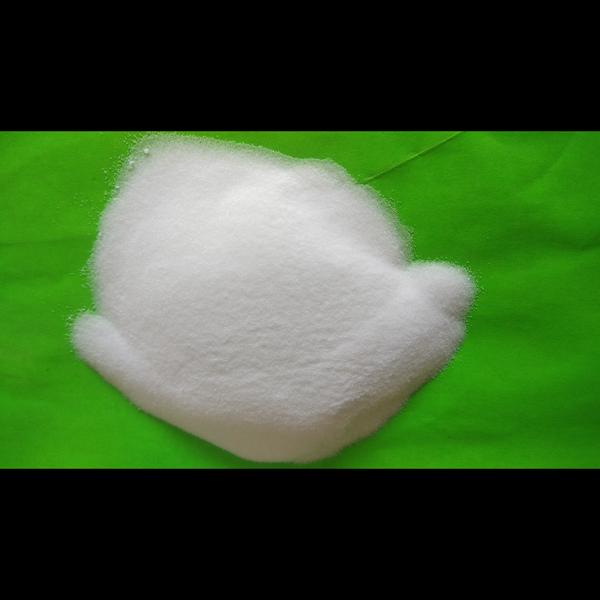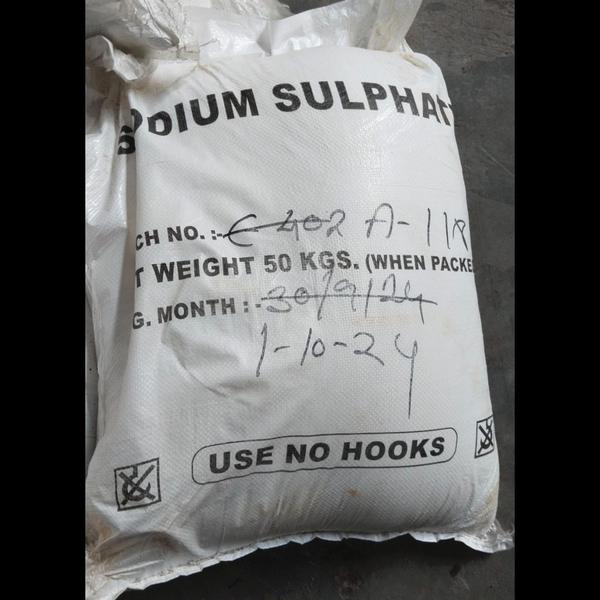BARIUM NITRATE – OVERVIEW
Chemical Formula: Ba(NO₃)₂
Molecular Weight: 261.34 g/mol
Appearance: White crystalline salt, soluble in water
Nature: Strong oxidizer and toxic (handled with care)
⚗️ RAW MATERIALS REQUIRED
Raw Material Formula Purpose
Barium Carbonate BaCO₃ Primary source of barium
Nitric Acid HNO₃ Provides nitrate ion and enables neutralization
Water H₂O Solvent for reaction and recrystallization
🔬 CHEMICAL REACTION
📌 Primary Reaction (Neutralization):
scss
Copy
Edit
BaCO₃ + 2 HNO₃ → Ba(NO₃)₂ + CO₂↑ + H₂O
Byproduct: CO₂ gas (bubbled out)
The resulting solution contains Barium Nitrate, which is then crystallized.
🏭 MANUFACTURING PROCESS
✅ Step 1: Acid Neutralization
In a glass-lined or acid-resistant steel reactor, slowly add nitric acid to barium carbonate under stirring.
Maintain temperature at 50–70°C to aid reaction and gas release (CO₂).
Ensure complete neutralization by pH monitoring (~pH 5–6 at end point).
✅ Step 2: Filtration
Filter the resulting solution to remove unreacted BaCO₃ or impurities.
✅ Step 3: Crystallization
Concentrate the filtrate by evaporation until saturation.
Cool the solution to room temperature or lower (~20°C) to form Ba(NO₃)₂ crystals.
✅ Step 4: Separation & Washing
Filter out crystals, wash with cold distilled water to remove acidic residues.
✅ Step 5: Drying
Dry in a tray dryer at 50–60°C.
Avoid overheating, as decomposition may occur.
📦 TYPICAL YIELD (Per 100 kg batch)
Material Quantity
Barium Carbonate ~74 kg
Nitric Acid (60%) ~70–75 kg
Water ~100–120 L
Barium Nitrate Output ~110–120 kg (depending on purity and process control)
🧯 SAFETY & HANDLING
Toxic: Barium salts are poisonous — avoid ingestion and inhalation.
Oxidizer: Keep away from flammable materials and reducing agents.
Use PPE, fume hoods, and store in dry, sealed containers.
🏭 USES OF BARIUM NITRATE IN VARIOUS INDUSTRIES
Industry Application
Fireworks & Pyrotechnics Produces bright green color flames, acts as oxidizer
Explosives Used in military-grade detonators, flash powders
Glass & Ceramics Improves gloss and thermal properties of special glasses
Vacuum Tubes & Electronics Used in getter materials to remove gases
Metal Surface Treatment Part of nitrating salt baths for heat treating steels
Chemical Reactions Intermediate in barium compound synthesis (e.g., BaTiO₃)
🔁 Alternative Production Method (Less Common):
Reacting Barium Chloride (BaCl₂) with Sodium Nitrate (NaNO₃) in solution:
scss
Copy
Edit
BaCl₂ + 2 NaNO₃ → Ba(NO₃)₂↓ + 2 NaCl
This method is less economical due to the use of pure barium salts.
Keywords
aid reaction
resulting solution
economical due
getter materials
thermal properties
oxidizer explosives
reducing agents
flammable materials
inhalation oxidizer
tray dryer
crystals wash
lower 20c
saturation cool
toxic handled
nitrate ion
barium carbonate
room temperature
barium nitrate
sodium nitrate nano₃
pure barium salts
barium compound synthesis
stirring maintain temperature
nitrating salt baths
dry sealed containers
ppe fume hoods
poisonous avoid ingestion
occur typical yield
5060c avoid overheating
cold distilled water
remove unreacted baco₃



